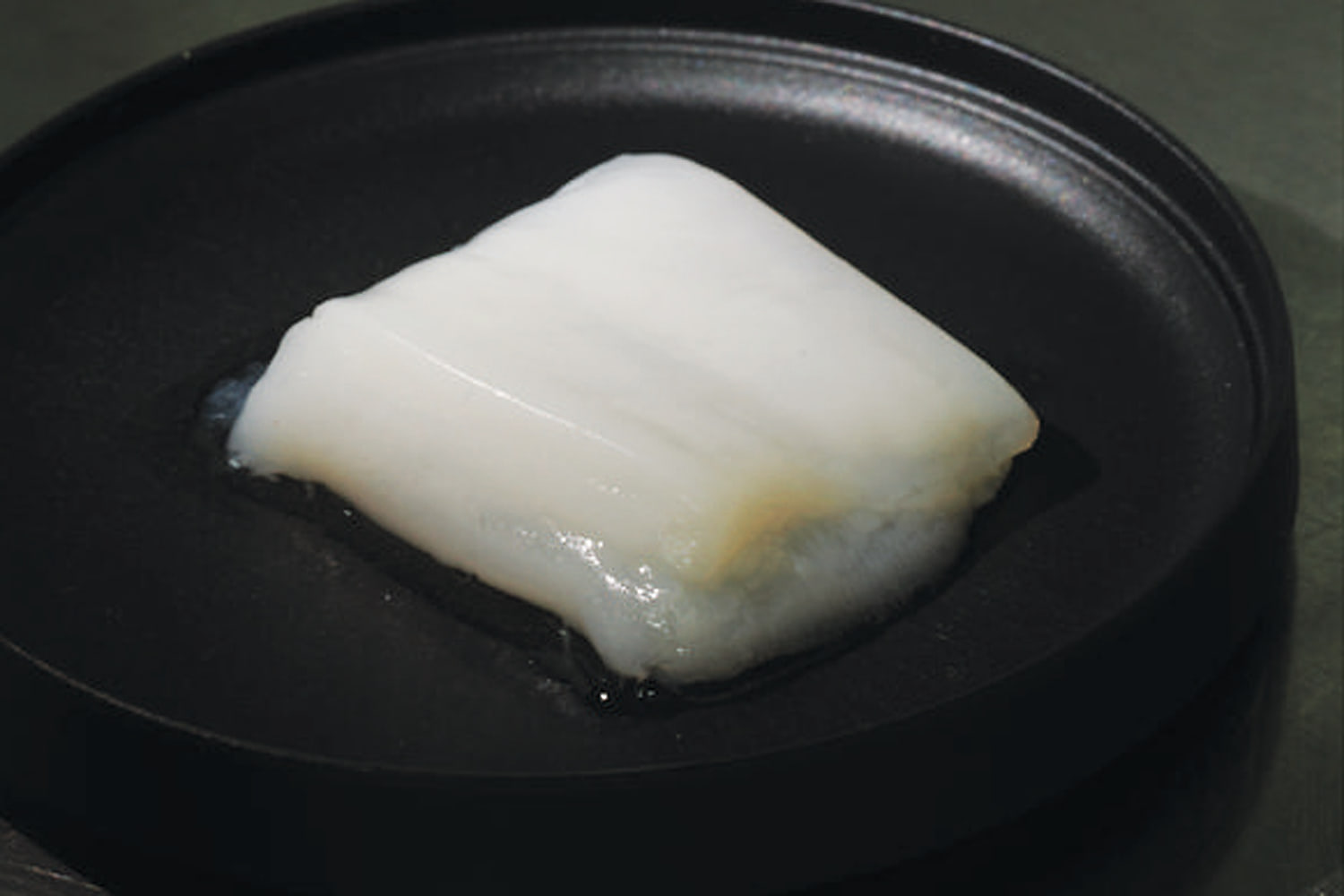Scientists create the world’s largest lab-grown chicken nugget, complete with artificial veins


Scientists have grown a nugget-sized piece of chicken using a new method that can deliver nutrients and oxygen to artificial tissues, marking a major breakthrough in cultured meat.
While labs have been producing lifelike tissues for more than a decade, previous methods only made small, scattered cell balls less than 1 millimeter thick, or about 0.04 inches. It was a challenge to hold the cell groupings together in a way that more closely mimicked the texture of muscle, and the current generation of lab-grown meats are often tiny pieces clumped together around an edible scaffolding.
However, a team of researchers in Japan have achieved new lengths, growing a single, square piece of chicken 2.7 inches (7 centimeters) wide and 0.7 inches (2 centimeters) thick with a new lab tool, according to a paper published Wednesday in the journal Trends in Biotechnology. Weighing in at about a third of an ounce, the artificial chicken muscle is a small bite, but is believed to be the world’s largest chunk of lab-grown meat.
The scientists developed a bioreactor that mimicked a circulatory system, using 50 hollow fibers acting like veins to distribute nutrients and oxygen to the meat, keeping cells alive and guiding them to grow in the specified directions.
The bioreactor delivered nutrients and oxygen through the tissue using tiny, precision-laid hollow fibers, using a method that, for the first time, could sustain growth across relatively long cellular distances.
This piece of chicken was not made using food-grade materials, and the scientists have not tasted it.
“It’s exciting to discover that these tiny fibers can also effectively help create artificial tissues,” Shoji Takeuchi, a co-author of the study and a professor at the University of Tokyo in Japan, said in a statement. Hollow fibers had previously been used in household water filters and dialysis machines for patients with kidney disease.
The new approach, he said, could be a scalable way to produce whole-cut cultured meat, adding that it could yield advancements not just in food production, but also regenerative medicine, drug testing and biohybrid robotics.
The new technology could accelerate the commercial viability of cultured meat, but there are further challenges ahead.
Replicating the texture and taste of whole-cut meat remains “difficult,” Takeuchi said, adding that larger pieces will also require better oxygen delivery.
Additionally, the process of removing tiny hollow fibers that help grow the meat, currently done by researchers manually, needs to be automated, he said, adding that future lab-grown meat will also have to be made with food-grade materials before they can be eaten.
Consumers in the United States have mixed attitudes toward cultured meat. About a third say they are not willing to try cultivated chicken, and 40% reject cultivated pork, according to a 2024 poll conducted by Purdue University in Indiana.
Ethical and environmental concerns may prompt consumers to opt for plant-based meat substitutes, but cultured meat presents a different hurdle to acceptance partly due to perceived food risks, such as its unnaturalness, unfamiliarity and concerns about whether it is safe or healthy to eat, according to a 2022 study.
Currently, there is little cultured meat in the market, but they can be legally sold to consumers in three countries: Singapore, the U.S. and Israel. Only two California companies are authorized to sell cultured meat in the U.S., while Florida and Alabama have banned its sales.
In 2013, the world’s first lab-grown burger made from cow stem cells was cooked and publicly tasted in London, to ambivalent reviews.


